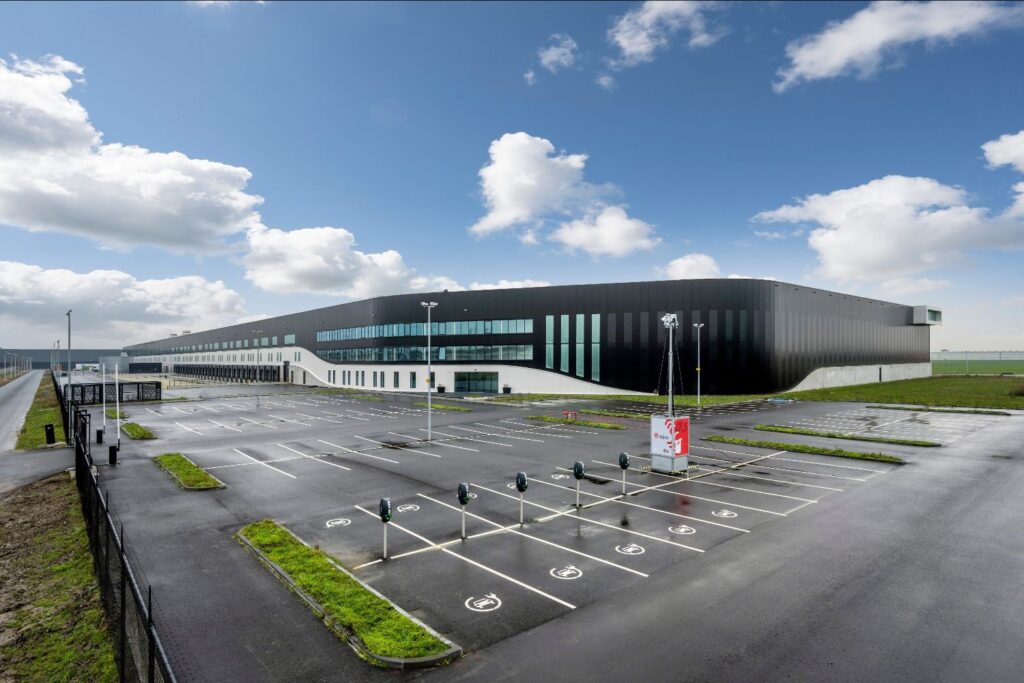Seven Supply Chain Predictions for 2024
19th December 2023

Prologis Europe is pleased to release its Seven Supply Chain Predictions for 2024. Prologis Research continues to leverage decades of industry experience and proprietary data, as well as unique insights from its 114-million-square-metre global portfolio and 6,700 customers to provide the following forecasts.
Trend 1: The global freight recession will reverse
Signified by double-digit growth in port and truck traffic, the global freight recession is expected to reverse.
Trend 2: The Great Construction Bust will intensify
The Great Construction Bust will intensify, with global starts hitting their lowest level since the 2008 financial crisis. Construction costs rose by 5-10% during 2023 in most geographies, with an exception in Europe. Set against cap rates expanding globally, with Europe showing an increase of approximately 150bps, reduced development margins have curtailed development starts. In 2023, spec development starts are down more than 50% globally. Investments in manufacturing and infrastructure and a stabilising housing market supported demand for construction materials, buttressing commodity prices. At the same time, labour markets remained tight, adding to cost pressures.
Trend 3: Latin America rents will grow at more than double the global average
Latin America has experienced record demand and this will continue into 2024, especially in Mexico as nearshored manufacturing capacity comes online. However, vacancy rates are below 2% in Mexico and forecasted to remain tight throughout 2024, meaning customers will have to compete for limited space. Supply constraints include access to sufficient power, especially for new manufacturing-related requirements, as well as permitting.
Trend 4: Annual demand in China will reach the second-highest level on record
Net absorption in China will reach the second highest level on record, helping to work through excess supply from the past few years. Fiscal and monetary policy will further ease in 2024, providing demand- and supply-side incentives to emerging technologies, such as new energy vehicles (NEVs) and charging stations, renewable energy and chipmaking capabilities. E-commerce growth, which slowed to 8% y/y through October 2023, will reaccelerate to 10% or more in 2024.
Trend 5: Technology, especially artificial intelligence, will drive up energy requirements in logistics facilities
This will incentivise warehouse owners to double solar capacity. Spending into AI research and development is on a secular rise. At the same time, automation solutions will grow. We expect half of warehouses to utilise autonomous mobile robots in the next decade and 10-20% adoption of automated storage/retrieval systems in the next 10-15 years. Electric vehicle (EV) charging needs are rising. While China leads the deployment of electric trucks, adoption has broadened in Europe. Solar energy is key for sustainable power generation. Costs are economically feasible, and government incentives can fast-track adoption. In addition, supply chain issues are unlikely to continue to restrain solar installations in 2024.
Trend 6: Interest rate declines will double private equity real estate funding in 2024
Our projections take the bull case on interest rate cuts. Institutional dry powder is waiting on the sidelines, and interest rate declines in the second half of the year will unlock entry into the market as the capital markets cycle begins to turn.
Trend 7: Cap rate movements will reverse
Cap rate movements will reverse — and European cap rates expected to compress while expansion rotates to Asia. Per prediction #6 above, cost of capital is expected to decline in Europe.
Conclusion:
These predictions are based on insights from our unique platform, and we’ll revisit them at year-end. Our outlook highlights 2024 as a year of healthy demand growth, constrained supply, technological evolution of logistics facilities and a turning of the capital markets cycle.
